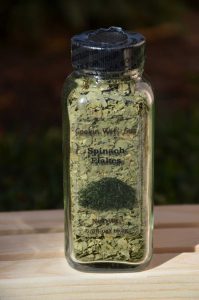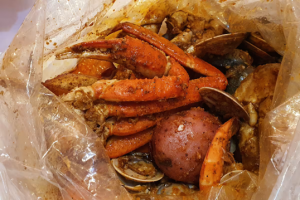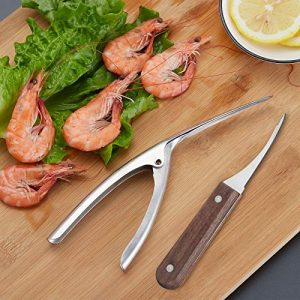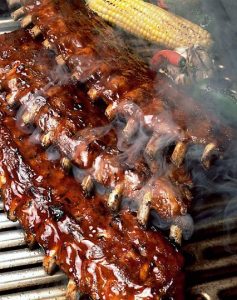Hot Sauces - Molten
Whew, these sauces are the hottest of the hot. Sauces found in the Hot Sauces – Molten category are not to be taken lightly.
The ranges for Hot Sauces – Molten range from 1,000,000 to +16,000,000 Scoville units. The Carolina Reaper is officially the Worlds Hottest Pepper as ranked by Guinness Book of World Records. It’s hot, and by hot, we mean HOT! The Carolina Reaper can top-out at 2.2 Million SHU!
There have been many sauces that have competed for the crown of “Hottest Sauce In The World”, including Da Bomb The Final Answer and Plutonium Number 9. But the hottest sauce in the world is Pure Evil 13 Million, which is a pure concentrate that reaches 13 million on the Scoville Scale.
Depending on the chili pepper varieties used and the type of production process, hot sauces are divided into different degrees of pungency and consistencies. There are rather thick sauces with a lot of chili peppers like the Sriracha sauce. The Sriracha sauce is named after the city of Si Racha in Thailand and consists mainly of pureed chillies, garlic, sugar and relatively little vinegar. It is one of the world’s most famous Asian sauces used worldwide in the kitchen. But there are also thinner sauces that contain more vinegar, such as the classic Louisiana hot sauce. The world famous fermented TABASCO® sauce from the USA is a typical representative of the Louisiana style. In the Caribbean, there are very fruity chili sauces, which are mostly made from fresh fruits and Capsicum chinense chilis.
Heat Range:
Scoville scale is a measure of the “hotness” of a chili pepper. These fruits of the Capsicum genus contain capsaicin, a chemical compound which stimulates thermoreceptor nerve endings in the skin, especially the mucus membranes, and the number of Scoville Heat Units (SHU) indicates the amount of capsaicin present. Many hot sauces use their Scoville rating in advertising as a selling point. The scale is named after its creator, chemist Wilbur Scoville.
The principle of the Scoville scale is to prepare a solution of fresh peppers puree and to mix it with sweet water. The solutions are tasted by 5 people and as a long as burning sensation persists the dilution is continued. For example, cayenne must be diluted 30 to 50,000 times to no longer feel the burning sensation according to the Scoville scale.
Heat Testing:
Scoville’s original method for testing hotness was called the Scoville Organoleptic Test, which he developed in 1912. As originally devised, a solution of the pepper extract is diluted in sugar water until the “heat” is no longer detectable to a panel of (usually five) tasters. The degree of dilution gives its measure on the Scoville scale. Thus a sweet pepper, containing no capsaicin at all, has a Scoville rating of zero, meaning no heat detectable even undiluted. Conversely, the hottest chiles, such as habaneros, have a rating of 300,000 or more. This indicates that their extract has to be diluted 300,000-fold before the capsaicin present is undetectable. The greatest weakness of the Scoville Organoleptic Test is its imprecision, because it relies on human subjectivity. Being a natural product, the heat can vary from pepper to pepper, so this scale is just a guide.
Capsicum chinense peppers have a very aromatic flavor with a very high to extremely high pungency. They are therefore also suitable for the production of extremely hot chili sauces and extracts. So it is not surprising that the Scoville scale is led by search Blair’s 16 million reserve. The 16 million in the name stands for 16 million Scoville Heat Units. It is not a sauce, but Pure Capsaicin crystals.
Blended for extreme heat and you will ask yourself “what was I thinking”…
“Life’s Good When You’re Cookin Wit’ Gus !!!!”
Showing 1–12 of 15 results
-
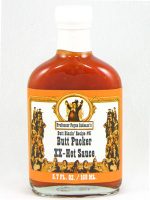
Butt Pucker XX Hot Sauce
$5.95 Add to cart -

Cajohn’s El Chupacabra Hot Sauce
$8.95 Add to cart -
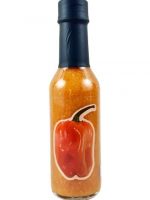
CaJohn’s Select Orange Habanero Puree
$5.95 Add to cart -
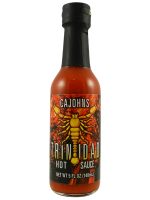
CaJohn’s Trinidad Scorpion Hot Sauce
$7.95 Add to cart -
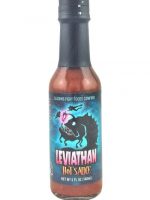
CaJohn’s Leviathan Hot Sauce
$8.95 Add to cart -
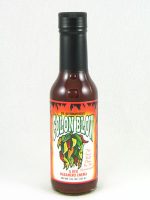
Colon Blow Hot Sauce
$6.95 Read more -
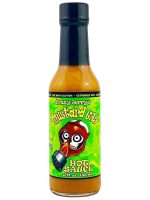
Crazy Jerry’s Mustard Gas Hot Sauce
$8.95 Read more -
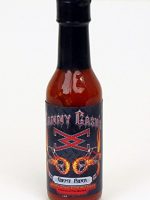
Danny Cash’s Ghost Rider Hot Sauce
$5.95 Add to cart -
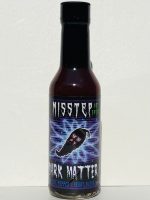
Dark Matter Hot Sauce
$6.95 Add to cart -
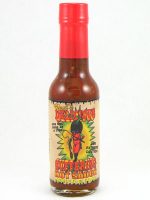
Delicious Suffering Hot Sauce
$7.95 Add to cart -
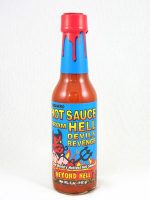
Habanero Hot Sauce from Hell Devil’s Revenge Beyond Hell
$6.95 Add to cart -

Kathy’s Revenge Hot Sauce
$5.95 Add to cart
